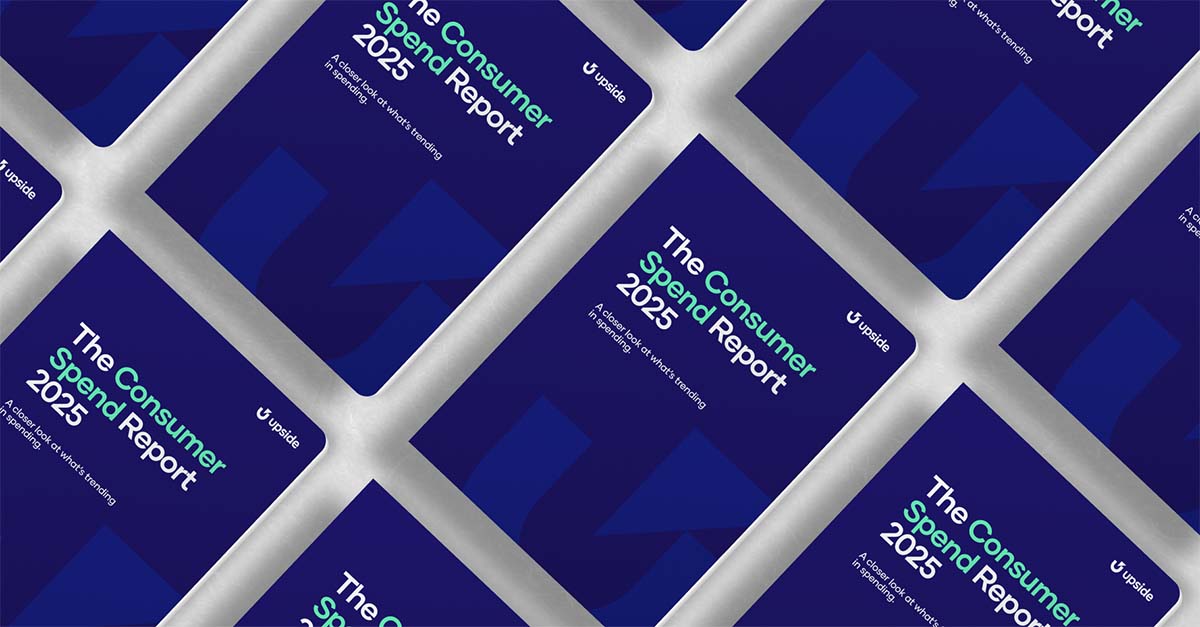Consumer price sensitivity: Why cross-shopping is more prevalent than ever
Consumers aren’t spending less — they’re just spreading trips around to buy less at each store. Our Consumer Spend Report has more.

Dr. Thomas Weinandy
Years of inflationary price increases have taken their toll on American consumers, many of whom have found ways to get more for every dollar. Couple that with the fact that customers have more options in more channels today than ever before, and we see more cross-shopping between brands and formats.
All of this context points to an overarching theme for 2024: uncommitted customers are a growing group of shoppers who prioritize their own needs over loyalty to any one retailer or brand. Note that these shoppers aren’t simply spending less money. They’re just spreading their shopping trips around, and doing so leads to them spending less with each individual retailer. That has real downstream ramifications for businesses.
The rise of the uncommitted customer is one of five highlighted in our inaugural Consumer Spend Report. To dive deeper into consumer budgets and the reasons behind the rise of cross-shopping behavior, continue reading here — or get your copy of the full report, featuring data from over a billion retail transactions and over 7,000 consumer survey responses.
Recent changes in consumer behavior
The responses to our survey show that cross-shopping customers make up a large portion of the overall population. Consider the following data from each of our key retail categories.
Grocery
81% of grocery shoppers show price sensitivity by comparing costs across stores. They also use loyalty at multiple stores in order to maximize their benefits — an Upside analysis of loyalty showed the average grocery shopper belongs to more than two different grocery loyalty programs. Furthermore, our survey data showed that shoppers visit about three different stores monthly; data from FMI suggests the number might be even higher, at about five different stores a month.
Restaurant
The restaurant industry is facing similar challenges — 63% of diners compare prices between restaurants, and their options are proliferating. Yelp reported a 10% increase in new restaurant listings in 2023.
Fuel and convenience
For fuel and convenience store operators, channel blending is accelerating competition. It’s not just other stations that retailers have to worry about; dollar stores and grocery stores also present formidable challenges. This is made clear by the 19% decrease in inflation-adjusted c-store revenue per site from January 2021 to January 2024.
The rise of cross-shopping across retail categories
We asked shoppers from each retail category to name all of the following types of locations they’d visited within that category in the past 12 months. Take a closer look at the buying behaviors of Upside’s Spend Report survey participants, grouped by retail category:
Grocery

When surveying grocery shoppers, 62% visited big-box retailers for their food items, making it the most popular choice — even more so than national and regional grocery store chains. Value formats like dollar stores, discount grocery stores, and wholesale clubs each capture trips from more than 30% of customers surveyed.
Restaurant

In the restaurant industry, we also see formidable competition from non-traditional formats. More than half of respondents said they’ve purchased meals from a grocery store, and just under 30% said they’ve bought one from a convenience store.
Fuel and c-store

Perhaps it comes as no surprise that drivers selected a “standalone gas station” as the most popular location to fill up, since 66% of respondents said they’d visited one in the past year. However, a notable percentage of people fuel up at grocery stores, wholesale clubs, or big-box retailers.
Why consumers shop at multiple stores
The question is, then: Why are these shoppers spreading their trips around? We asked our survey respondents, and a key theme emerged: it’s mostly about the price.
Across the board, prices were the most critical criteria in determining shopping habits. Consumers across retail categories choose where to shop — and choose which items to purchase from which store — based on how much they’ll have to pay.
Take Upside user Teresa as an example. She told us she regularly buys groceries from three different stores: Walmart, Aldi, and Price Chopper.
“Walmart has the lowest prices, and Aldi has items I can't get at Walmart. I like Price Chopper because it's convenient, very clean, and they always have everything I need to pick up.”
- Teresa, Upside user
As consumers shop around, they’re also trading down from more traditional options in order to find better prices that fit within their budgets. This behavior helps to explain private-label growth in grocery and the popularity of budget options, like dollar stores for grocery items or fast food restaurants for a family dinner.
The one slight outlier in this regard is the restaurant industry, where tastes and palates matter more for meals. For that reason, better-tasting food was the most influential factor in choosing where to dine. Close behind as the second-most important factor, though, was a lower price.
Get more consumer spending data
This is an excerpt from Upside’s inaugural Consumer Spend Report 2024. Get your copy of the full report.
Share this article:
Dr. Weinandy is a Principal Research Economist at Upside, providing valuable insights into consumer spending behavior and macroeconomic trends for the fuel, grocery, and restaurant industries. With a Ph.D. in Applied Economics, his academic research is in digital economics and brick-and-mortar retail. He recently wrote a book on leveraging AI for business intelligence.
Request a demo
Request a demo of our platform with no obligation. Our team of industry experts will reach out to learn more about your unique business needs.










.png)




